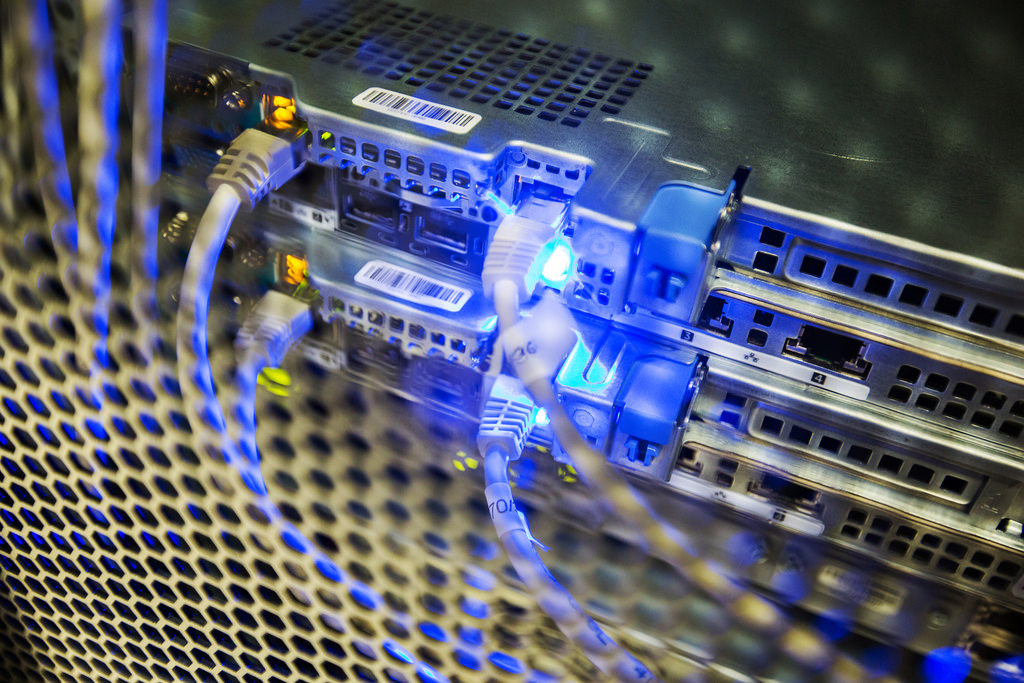This post is also available in:
 עברית (Hebrew)
עברית (Hebrew)
With access to more personal data than ever before, police have the power to solve crimes more quickly, but in practice, the influx of information tends to amplify existing practices, according to sociology research at The University of Texas at Austin. The question is how adopting big data analytics both amplifies and transforms police surveillance practices, as asked by UT Austin sociologist Sarah Brayne’s research, published in the American Sociological Review.
“On one hand, I think it has the potential to reduce some problematic inequities in policing, such as the un-particularized suspicion of racial minorities,” “But I think as it’s currently implemented, there can be a few negative consequences for equality, and it can lead to a lot more marginalization and distrust.”
Brayne interviewed and observed 75 police officers and civilian employees of the Los Angeles Police Department — a pioneer in data analytic policing — to identify key ways law enforcement has implemented in-house and privately purchased data on individuals to assess criminal risks, predict crime and surveil communities.
“This trend began in the wake of 9/11, which was viewed as this information-sharing failure in the intelligence community,” Brayne said. “So, the feds are now giving a lot more money to local police departments in order to collect all types of new data because they’re viewed as the frontline on the war on terror.”
According to news.utexas.edu, perhaps the most transformative aspect of big data on policing is the amount of information police are able to access on individuals, both suspect and not, Brayne found.
Police have implemented dragnet surveillance tools, such as police cars equipped with license plate readers to photograph and track patterns of travel of every car in their path. And obtaining information that previously would have required a search warrant is now easier with sourced data from private data brokers, who buy personal information from businesses with whom individuals have interacted.
Brayne also found that big data can help send real-time alerts to police about specific individuals such as where they are, based on license plate tracking, enabling law enforcement to surveil an unprecedented number of people at once.
Although technology allows police to surveil entire communities more easily, Brayne found that data is not always as objective as it suggests. In terms of individual policing, big data aims to supplement officers’ discretion with algorithm-based, quantified criminal risk assessments.
Likewise, police have implemented predictive policing strategies that pinpoint locations where crime is most likely to occur.
“I think it’s really important to emphasize that a lot of data integration and predictive algorithms are originally deployed for improving service delivery, being more efficient and reducing crime and focusing resources on people who are committing crimes,” Brayne said. “The police are not arresting people based on pre-crime data. But big data helps building up this corpus of information on individuals that I think disproportionally benefits those in positions of social advantage and disadvantages those who are already in positions of structural disadvantage.”




